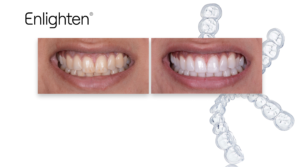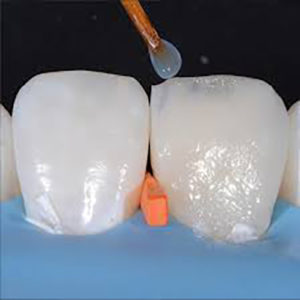Talking Ethics vs Profit With Dr. Tif Qureshi
Dr. Tif Qureshi joins us in sharing his ethical practices in cosmetic dentistry through the concepts of align, bleach and bond.
Dentist, educator and former president of the British Academy of Cosmetic Dentistry, Tif Qureshi shares his journey into becoming one of the successful leaders in aesthetic and cosmetic dentistry. He has transformed the field of aesthetic dentistry through the concepts of align, bleach and bond. In the Dental Leader Podcast, Dr. Qureshi explores the topic of ethical work and its importance in your long-term success in the field. More specifically, he explains the road of simple orthodontics and minimally invasive dentistry that contributes to an ethical and successful job.
Payman Langroudi: I remember it was World Aesthetic Congress, maybe 2003 – 2004, you were a very junior of member of the BACD , nowhere near president of the BACD. You came over to me and you showed me this model. And on the lower there were some sort of Inman device on it; and you said to me, “Hey, you know all these veneers we’re doing, the upper, of course we’re going to veneer those, but the lowers, the veneers on lowers are quite hard, aren’t they? I mean we shouldn’t really be doing that. So, what I’m thinking is, maybe you can just straighten the lowers with the…” So, when did that start?
Tif Qureshi: I would say probably even a couple of years before that, I was fiddling around with the little mini ortho appliances with Z springs on them.
Payman Langroudi: How? Why?
Tif Qureshi: Fundamentally why, because I felt wrong about doing what I was doing. Fundamentally.
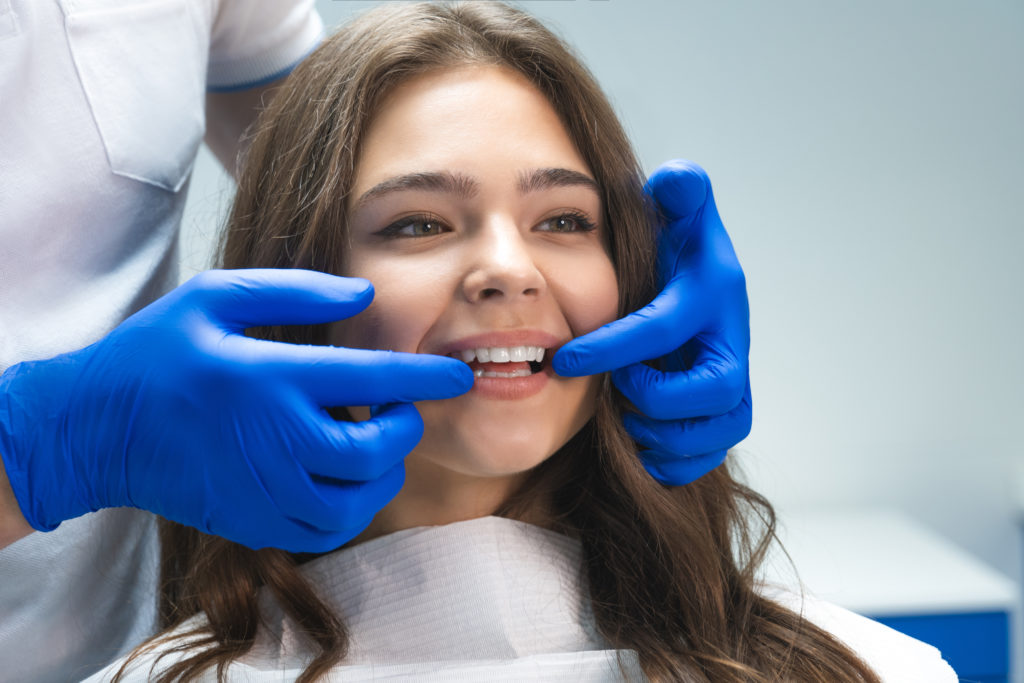
Prav Solanki: Can you remember that moment where you thought, “Shit, I shouldn’t be doing this?” Was there a defining moment?
Tif Qureshi: Yeah, actually, on one of the veneer courses I went on. The first veneer course I sat and watched I just thought, “Mm. I’m not totally comfortable with this.” Let’s not mention the name of that course, but certainly, I sat there and I thought, “Okay, there’s a lot of great stuff going on here. This is life changing. I’m learning how to do impressions, and I’m learning how to do preparations. I’m learning how to handle patients in a very professional way I’ve never learned before.” But the flip side of that, I was looking and thinking, “I wouldn’t have that done.”
It made me feel uncomfortable, and it didn’t mean that I didn’t do any of it. What I would commonly do is refer the patients to the orthodontist. And very typically, at that time, when only comprehensive ortho was offered, the patients would just say, “Forget that. I’m coming back and having this done.” So, we did it. And upper teeth, because you could kind of build them out a little bit, you could try and not prep them heavily (you still occasionally had to do that), so they were easier to treat. But a lot of it, as you say, Pay, were almost a nightmare to do. And if you often didn’t treat the lowers, you just treated the uppers, you created this kind of two-tone syndrome, which looked bloody awful. Let’s face it.
Prav Solanki: And bleaching back then wasn’t up to much.
Tif Qureshi: Bleaching wasn’t good, and people take it for granted. And what’d tend to happen was you’d sort of watch these extreme makeover programs on television, and even my own patients would look at them an think, yeah, while you smile, it looks okay. But for the rest of the 99% of the day, let’s face it, when you’re not smiling, you’re going to be seeing just the lower teeth, which look worse and create this horrible contrast. And that made me feel quite uncomfortable. So, I started looking at other ways of just trying, and I have to say, I was using a lot of composites as well, to try and mask it. But then I started thinking about minor ortho, and Inman Aligner came along.
That made me realize there is a place for this. And I don’t know why. It was probably because everyone else was too busy with veneers at the time and I was in a practice where people didn’t have that much money, so it made me think of alternative ways of doing things. Obviously, I’ve never been to central London, so that may have been a reason for it.
Payman Langroudi: And then, how did it move on? You started treating those lowers, then started treating the uppers?
Tif Qureshi: I started treating the uppers and then what I started to do was develop a kind of protocol of space evaluation and space planning, where I was doing the IPR (interproximal reduction).
Eight years on, when an aligned, bleached, bond tooth chips, and the edge chips, there’s no stress at all. Just trim that off, rebuild it.
Prav Solanki: Were you talking to some orthodontist at the time?
Tif Qureshi: Not really. I have to say not at that point. A little bit later I did. And funnily enough, one of the first people I consulted with was Asif Chadi.
Prav Solanki: Oh, right.
Tif Qureshi: And the great thing about Asif was he looked at what I was doing and was completely open-minded to it in saying, “Look, I can see what you’re doing. You’re just moving the front teeth, and if those patients have come to see me already and have refused, this has surely got to be the best thing to do.” He was quite instrumental in at least making me feel, “Okay, this is the right thing to do if we do it correctly.”
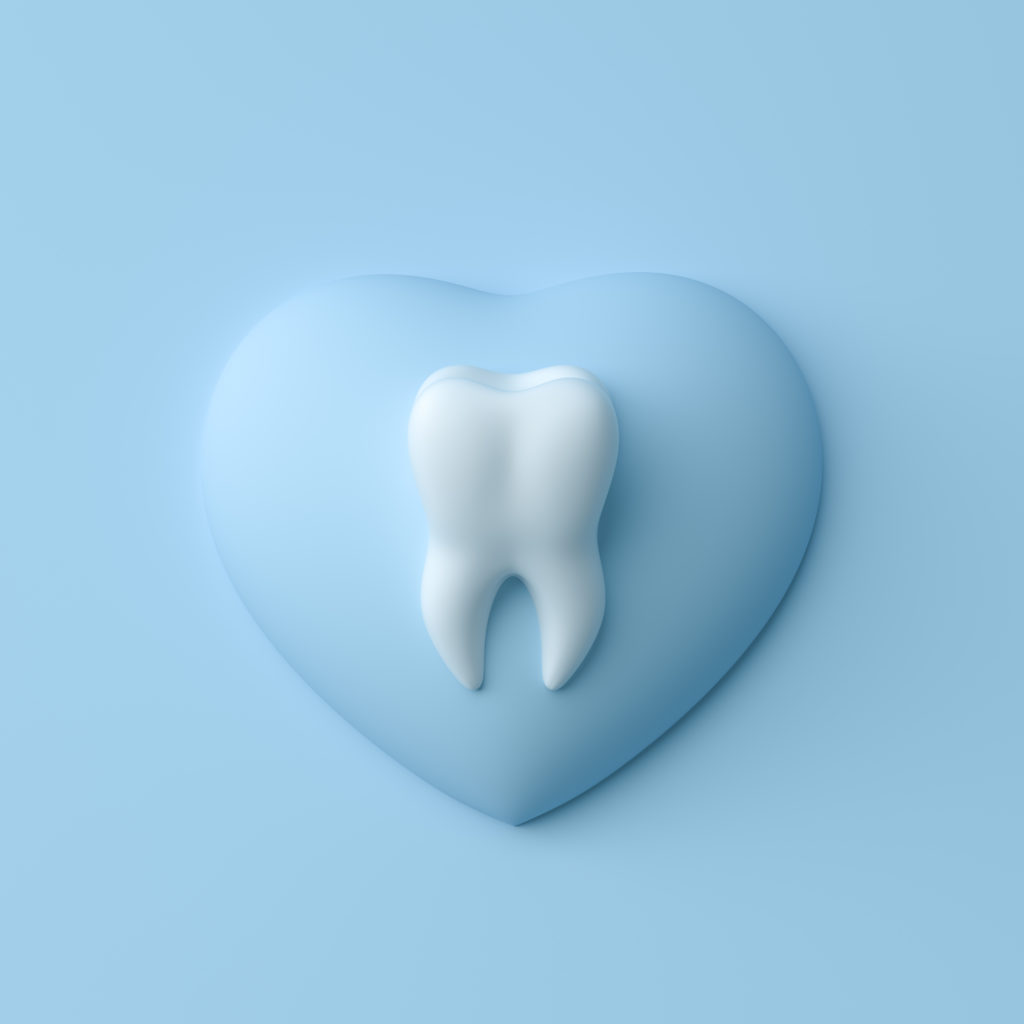
Tif Qureshi: Another person a year or two later who I started to sort of bounce back some ideas from as well, (and I was very lucky) and this is an amazing person to have mentored me briefly, was Bjorn Zachrisson; one of the greatest orthodontists ever to have lived. Still around today.
Payman Langroudi: Where do you have confidence to go up to the world’s top orthodontist as a GDP and say, “I’m doing this. What do you think?”
Tif Qureshi: I mean that’s again, that’s where you got to thank people like BACD, you get the opportunity to, and you’ll always be grateful for that. So, I would’ve spoken to one person or another. I just wanted to validate it and make sure that this was something I was doing as well as I could.
Payman Langroudi: Have you ever thought, or maybe – I’ve even heard you write or read about you saying this – but today, it would be impossible to be the only one doing something because you’d be so scared of legal ramifications.
Tif Qureshi: I think you’re totally right, Pay. And I think that’s quite a sad statement really. We’ve all being lucky to a certain degree for the times we’ve lived in. But nowadays, yeah, you’d probably fear it. However, I’m getting to the point where I’m just turning that argument around, where I used to hear, and I still hear people say, “If a general dentist does ortho, it’s dangerous.” Well, I flip the argument around now and say that “A general dentist who doesn’t do ortho is dangerous, okay?”
Tif Qureshi: And I can justify that since a lot of dentists don’t understand the concept of constricting envelopes. Why do envelopes constrict? Because teeth move. And how do you fix it? Not restoratively. Yeah, you can do some restorative, but you need ortho. And there are probably, I’d estimate, millions of patients around the world who have a repeatedly chipping front tooth. It keeps chipping. The dentist’s solution is another composite, another composite, or a splint, and a lot of those patients end up with crowns. The dentist then understood that they needed a little bit of ortho to get the right overjet, the right overbite, bit of bonding to improve the overbite. You’d probably find that fewer people would have anterior veneers or crowns. I’ve seen that. It’s clear, and I think it’s a strong part of the message now.

Payman Langroudi: Do you remember the point where you thought rather than this being a treatment modality, this could be a business?
Tif Qureshi: Yeah, I mean it is a business, and we must make sure it runs and operates correctly. But it is still very much led by dentists, so we’ve got our ethical hats on the whole time. Sometimes we probably do things for which a hardcore businessman would say, “Don’t do this, do this instead.” But we can’t. We just must do things that might hold us back in the long run. But ultimately, I’ve got to stand up and look in the mirror, and I know the other guys need to as well. That’s kind of why we’ve taken it the way we have.
Sometimes, we probably do things for which a hardcore business would say, “Don’t do this, do this instead.” But we can’t.
When I look back on my own cases, and this has come from my own embarrassment of what I’ve done in certain cases, where I used to act like a typical cosmetic dentist, in that you would market to people. You’d bring them in. You’d smile, design them up, you’d wax them up and take pictures.
And you know what? It isn’t that different. The DSD now is something on a much higher level. But we were doing that sort of stuff, and I would see the patients, do the treatment, finish the case and say good-bye to the patient. They’d go back to their regular dentist. And we all did that, and lots of people still do that today. I’ve now realised that’s completely irresponsible because I do see patients that come back 10 years on. And I would look at the patients, and I once or twice came close to welling up with tears in my eyes thinking “What the hell have I done?” Okay, the patient’s not sitting therein pain and complaining, but I’m looking and seeing teeth that I veneered, and have now moved back to the position that they actually were originally. And so, what I realised is that lots of things can change.
Payman Langroudi: And it is gold, that thing that you sort of popularised, the idea of you learn by looking at your own patients. It’s absolutely right.
Tif Qureshi: Definitely.
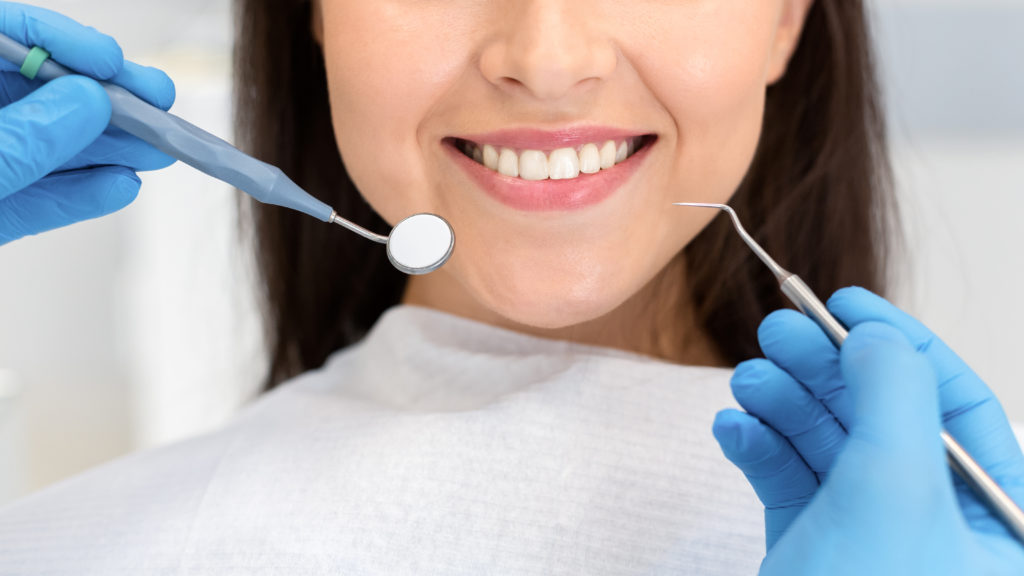
Payman Langroudi: I mean there’s a very interesting point. And the other interesting thing, the amount of knowledge that there is out there from people who aren’t necessarily famous or teachers or on the international lecture circuit who’ve had that experience of treating the same patients.
Tif Qureshi: Yeah, that’s absolutely right. I do make these statements, and I post them. Because I don’t think it is said enough. And I think one thing it’s concerning me over the last few years seems to be the kind of devaluation of what being a GDP is.
I actually think the GDP is the most important person in dentistry full stop, in the sense that we need specialists, and specialists do an incredibly important job obviously. But what a GDP can do is just incomparable because a specialist very rarely ever get to see their treatment again. Certainly, don’t see it regularly. GDPs will carry out treatment, and then be able to monitor it and intercept and prevent and do whatever they need to do, and that’s far more valuable than perhaps anything else we ever imagine. Plus, you can build a relationship with a patient, which is over many years. And that’s again something I’m finding is quite devalued nowadays. People seem to be more bothered about getting new patients in through the door than necessarily treating the people that are sitting there already.
People seem to be more bothered about getting new patients in through the door than necessarily treating the people that are sitting there already.
Tif Qureshi: There’s a few other things that really made me think very hard about the whole concept of cosmetic dentistry. There’s this thing called the replacement event. I sort of use this term quite a bit. And the replacement event is something that when you go and watch a lecture on cosmetic dentistry, very rarely does anyone ever stand up and talk about the replacement event, as in the three little fundamental factors that I’ll give you.
- Number one, will the patient be able to afford it again? So, we would take the money off the patient. and he could be in his 30s, even 20s. I mean thankfully, I didn’t do many like that, 20s. But you don’t know, 15, 20 years on, the patient now needs something done, and they can’t afford it. And there’s no contingency for that. The minute you start doing that sort of work, you’re kind of responsible for it.
- The second thing that I’ve found is that patients have got to the point where actually they could afford to do something again. But you know what? They can’t be bothered. For whatever psychological reason, they cannot be bothered to go through that process or even part of that process again.
- The third thing, and this is the real killer, and it doesn’t get talked about it a lot, is veneers don’t all fall off. What usually happens is 10,15 years on, one fails, okay? Upper central, upper left lateral. No one tells you how hard it is to match a brand-new veneer to a set of eight or nine that have been sitting there for 10,15 years.
Payman Langroudi: That’s a good point.
Tif Qureshi: Absolutely a nightmare. And you’ll end up doing three, losing half the hair on your head, and feeling ultra-stressed about it as well.
Prav Solanki: Is that something that you would personally struggle with, somebody with your skill as well?
Payman Langroudi: Anyone would.
Tif Qureshi: Anyone yeah. You know, eight years on, when an aligned, bleached, bond tooth chips, and the edge chips, there’s no stress at all. Just shrug my shoulders. Just trim that off, rebuild it. It’s a totally different kettle of fish. That’s the thing that people need to hear when they’re thinking about cosmetic dentistry. Now, I’m not saying of course that the BACD’s all about doing veneers. It clearly isn’t. It moved on a lot, but my goals are now not cosmetic; actually, I’m looking at a functional treatment on patients long term.
If you want to listen to that episode of the podcast, click here
› DIG DEEPER ‹

» eBooks
Read up on the 6 tips that will perfect your anterior resin restorations here.
And to discover how you can achieve the aesthetic results you want when doing a single veneer with a single shade of composite, click here.
» Websites
If you want to learn more about the 2-day hands-on anterior composite masterclass with Dr Dipesh Parmar, click here.

» Training
To become an Enlighten Whitening Expert and get CPD certified for free hit the button below to take our hour-long online training.
» eBooks
Learn how to dramatically increase the number of whitening treatments you do here.
» Websites
Or if you’re interested in knowing more about the Enlighten Teeth Whitening System, then give it a click right here.
» Podcast
Learn how to emulate the success of the movers and shakers in the dental industry from their own mouths, featuring the nuggets of knowledge from likes of Simon Chard, Andrew Moore, Tif Qureshi, Mark Hughes and many more.






